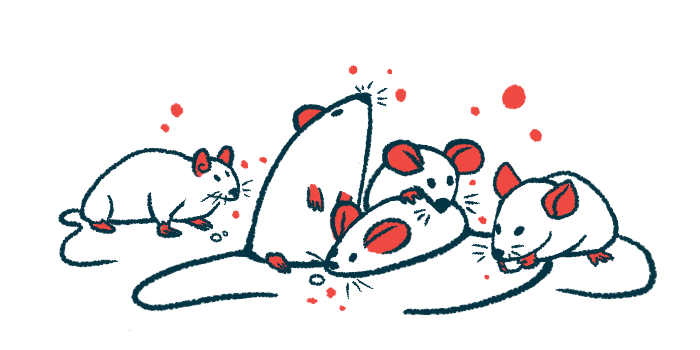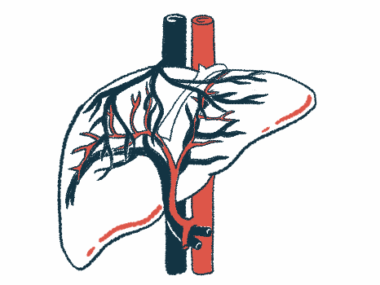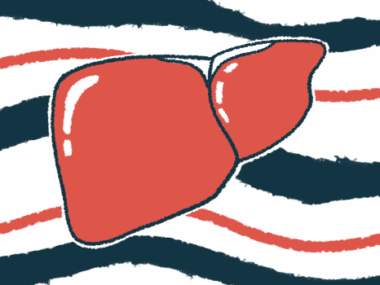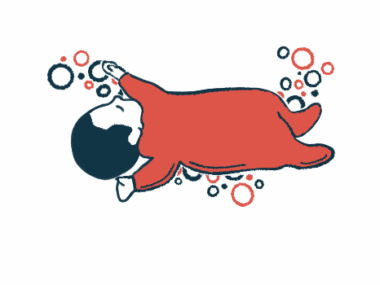Study reveals disease mechanisms that may drive biliary atresia
Viral, bacterial insults may work together to contribute to inflammation
Written by |

A new preclinical study has found that a combination of viral and bacterial insults may be a key disease mechanism underlying biliary atresia.
Specifically, the gastrointestinal virus rhesus rotavirus (RRV) and the bacterial toxin lipopolysaccharide (LPS) may work together to drive elevations in a protein, known as MMP7, that contributes to bile duct inflammation and damage in patients.
In addition to helping scientists better understand how increased MMP7 levels come about in the rare infantile liver disease, the findings could also lead to the development of new treatment approaches, according to the researchers.
Their study, “Biliary atresia: Rotavirus amplification of lipopolysaccharide/toll-like receptor 4 by mediating MMP7 upregulation through NF-κB,” was published in the journal Pediatric Research.
“These findings position MMP7 as both a potential biomarker for early diagnosis and assessment of disease progression and a candidate therapeutic target in BA [biliary atresia],” other scientists wrote in a comment accompanying the study.
“Future research should focus on validating these mechanisms in humanized models and translating them into safe, effective therapies for affected infants,” these researchers added.
In biliary atresia, the series of tubes — known as the bile ducts — that carry the digestive fluid bile from the liver to the gallbladder and small intestine are blocked or absent. This causes stalled bile flow, or cholestasis, and can eventually lead to serious liver damage.
Exposure to RRV during pregnancy is among proposed risk factors
While the exact cause of biliary atresia is not established, exposure to infectious agents such as RRV during pregnancy or shortly after birth is among the proposed risk factors.
MMP7, fully known as matrix metalloproteinase-7, is an enzyme that is elevated in babies with biliary atresia. In these infants, it is believed to exacerbate liver inflammation and scarring, known medically as fibrosis. The enzyme has thus emerged as a possible diagnostic biomarker and therapeutic target for the disease.
After an injury, MMP7 is released into the bloodstream from the cells, called biliary epithelial cells or BECs, that line bile ducts and stimulate inflammatory damage. Still, the exact mechanisms that lead to MMP7 elevations in biliary atresia are not understood.
One thing that’s been shown to increase MMP7 levels is LPS, a toxin found in some bacteria. Normally, BECs can tolerate low levels of LPS in the body without any major issues. But when that tolerance is disturbed, it leads to exaggerated inflammatory responses.
Understanding disease mechanisms might lead to new treatments
In this study, researchers from Huazhong University of Science and Technology in China explored the possibility that RRV infection sensitizes BECs to the effects of LPS. This, in turn, could potentially promote MMP7 production and biliary atresia disease processes, the scientists theorized.
“Understanding these mechanisms could potentially lead to more targeted therapeutic strategies aimed at modulating the immune response in BA patients, thus improving clinical outcomes and offering new avenues for treatment,” the scientists writing the commentary said.
In BECs collected from mice, RRV infection followed by low-dose LPS led to enhanced production of MMP7 and proinflammatory molecules. This process appeared to be mediated by activation of the TLR4/NF-kB inflammatory signaling pathway, according to the researchers.
The scientists then aimed to further validate their findings in bile duct and liver tissue from biliary atresia patients, as well as in a mouse model of RRV-induced biliary atresia. In both settings, MMP7 levels were elevated. The mice also showed evidence of TLR4/NF-kB activation.
Inhibition of TLR4 led to milder bile duct injury and obstruction and improved indicators of liver health. It also boosted survival in the biliary atresia mouse model, in addition to lowering MMP7 levels in the blood and liver.
Antibiotic treatment after RRV infection decreased liver LPS levels and helped prevent the development of biliary atresia symptoms in the mice, the researchers noted. MMP7 levels remained normal, and inflammation was eased, the team found.
[This work] advances our understanding of [biliary atresia] disease initiation, [and further,] may offer potential therapeutic interventions.
Overall, the findings point to what the researchers called a “two-hit model,” in which RRV infection causes bile duct cells to have an exaggerated response to low concentrations of LPS. This, in turn, increases production of MMP7 and inflammatory molecules that drive bile duct damage.
“Our findings suggest that RRV-infected BECs, along with their dysregulated innate immune response to LPS derived from the gut, play a significant role in the continuous upregulation of MMP7,” the study’s researchers wrote.
Ultimately, according to the team, this work “advances our understanding of BA disease initiation,” and further, “may offer potential therapeutic interventions.”
Possible treatment approaches could include a TLR4 or MMP7 blockade, or gut-targeted interventions aimed at preventing LPS from making its way to the liver, the researchers said. However, the team stressed that more research is still needed to better understand these disease mechanisms and what will prove to be the optimal therapeutic approach.








